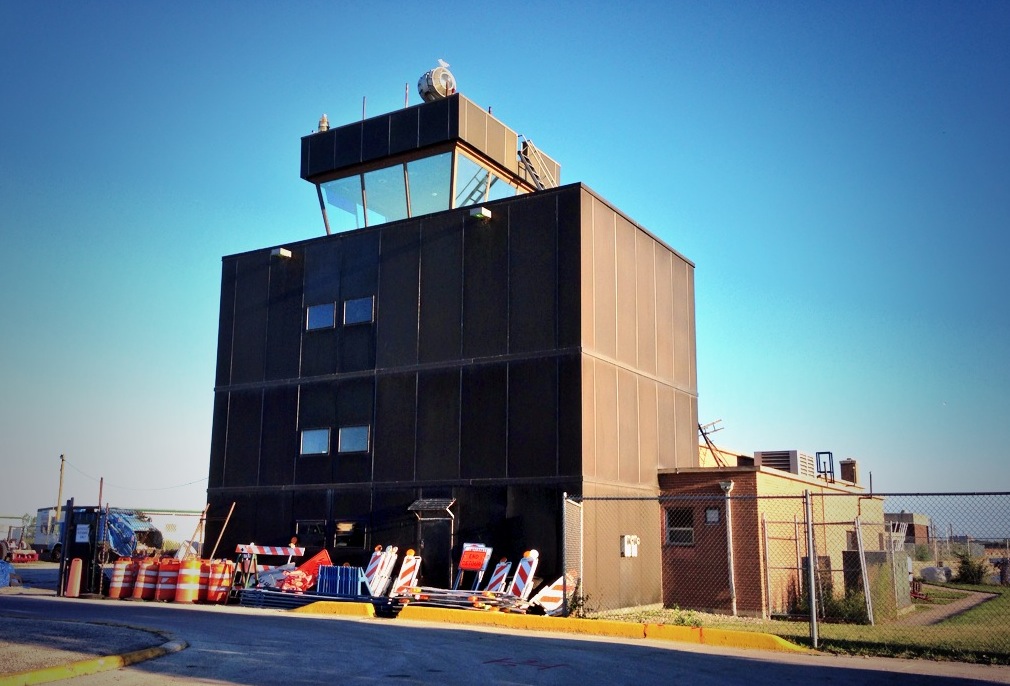During Episode 57 – Bird Strikes, Flying Turtles, And Flight Simulators, Carl shared his experience and views on flying the increasingly popular, full motion, Redbird flight simulator for general aviation aircraft. He had a lot of good things to say about it’s capabilities and we’ve received some listener mail that supports how wonderful this training tool truly is.
CFI Russ writes in to tell us how he uses and enjoys the Redbird to keep his students safe:
Just listened to your episode #57 where Carl flew the Redbird. Thanks for the flying turtle visuals by the way.
I am an active part-time CFI and also teach in the Redbird FMX in a nearby community college’s aviation degree program. It is a GREAT tool for flight instruction. Most of the students we have in it are working on their instrument rating, as you’d expect, and in this capacity it’s a wonderful piece of equipment. The ability to simulate system failures realistically, establish a cloud layer at minimums with poor visibility below that, and not being limited to approaches at a few local airports is very conducive to effective instrument training.
I’ve also found it to be great for VFR training though. I had a student sign up for the Redbird course who was not an instrument student – he was actually a retiree working on his Sport Pilot license. So I had to develop a curriculum specifically for him. At first I was a little concerned that the device wasn’t going to be very appropriate, but quickly found ways to make it a very effective training environment.
Although the version we have is set up for a typical 6-pack Cessna 172SP, some of the things I was able to do were:
- “Fail” all the instruments except what he’d have in the typical “Cub” type aircraft he intends to fly, and have him enter inadvertent IMC with absolutely no training or discussion beforehand. The FAA statistic is with no training, you have something like 178 seconds to live. He lasted about 120 seconds before we entered a spiral and impacted the ground. Pretty eye-opening. But then, with a little work and training on compass errors and how to keep the plane upright, he now can fly for plenty long enough to get out of it. Success!
- Recreated flying at high density-altitudes and the effect on takeoff and climb performance. We even inadvertently flew up a dead-end canyon in Colorado where the ground climbed faster than the plane could, and there was no way to turn around – end up stalling it in while trying to turn. Again, eye-opening for the student!
- Went over night-time illusions, black hole effect, and false horizons to expand his aviation knowledge.
- Simulated pitot and static system failures.
- We even recreated the Cory Lidle Cirrus crash flying up the East River – we were able to set the wind and visibility and such exactly by the NTSB report, and when he turned at the same point and direction they did, sure enough, we hit a building. But when we ran it again and turned into the wind instead, we made the turn with room to spare. I was really proud of this one, the simulation worked out exactly right.
Many other things as well. It was fun and educational for both him and me. It is a great tool for lots of training purposes, and certainly allows us to get things done on a rainy day.
I do really like that I can have the students fly instrument approach procedures anywhere in the U.S. and can therefore find approaches that exactly meet my lesson objectives for that day (need work on DME arcing approaches? No problem!) Of course, you can do that with most PCATD-type products too, but the visuals and motion are what sets the Redbird apart to me.
I’ve had students do an approach to closely spaced parallel runways in a crosswind and low vis, for example, to see if they pick out the correct runway. Stuff like that – keeps it fun and challenging. (Full disclosure – up until a few years ago I worked for the FAA developing instrument approach procedures, so I know lots of little remote airports with procedures that are unusual for some reason or another – like I said, keeps it fun and challenging!)
Well thanks for sharing all that Russ! It really shows the value of flight simulators in the training environment and also how capable and realistic the Redbird truly is.
But what about you? Have you flown a Redbird before? Tell us about your experience and what you liked about this full motion general aviation flight simulator. Leave a comment below!

